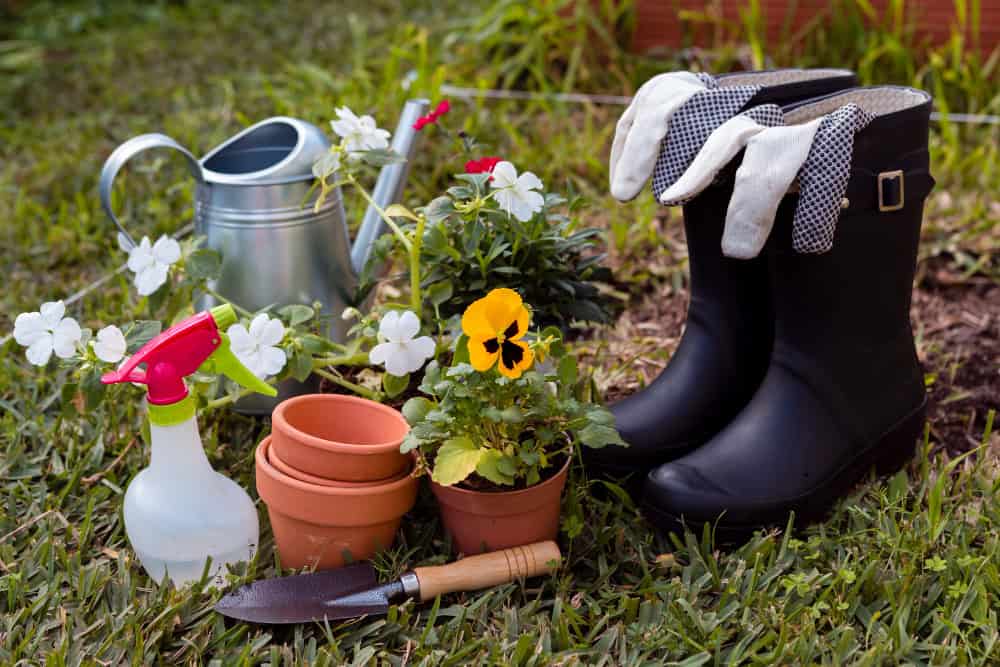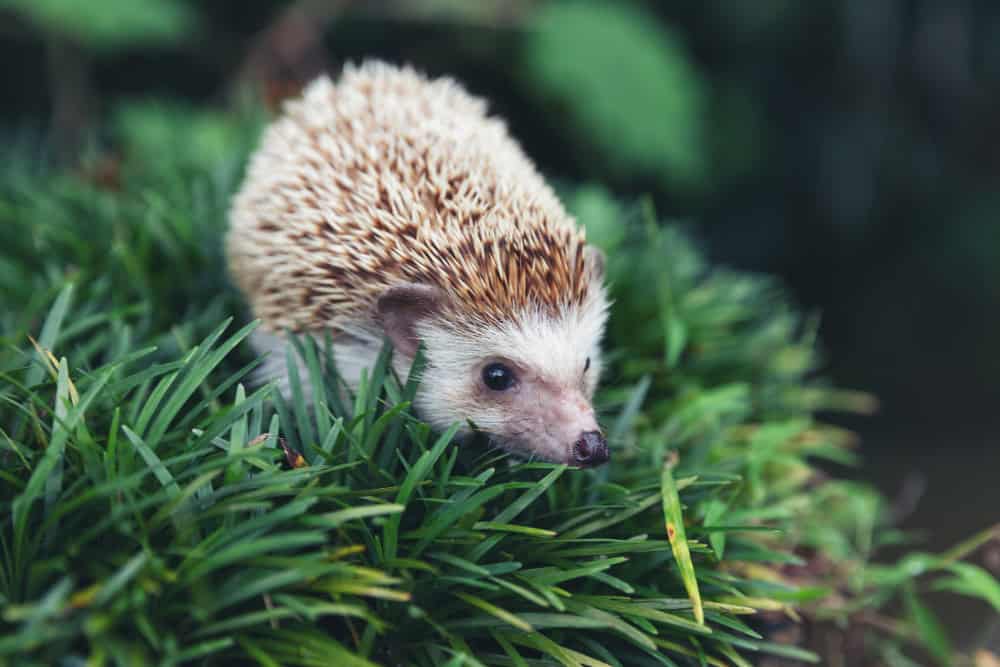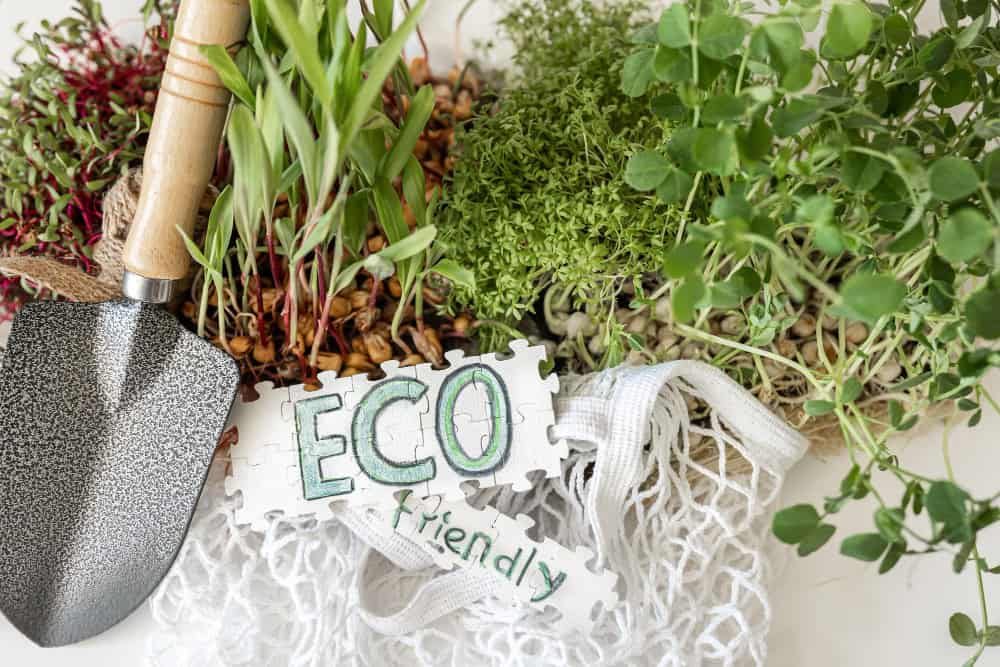Easy Ways to Keep Slugs Out of Your Garden
Table of Contents
Slugs can devastate your garden overnight. Discover the best ways to keep slugs and snails at bay using proven, organic methods that protect your seedlings, vulnerable plants, and precious crops—without harming your soil or the environment.
Stop Slugs in Their Tracks – Why Slug Control Matters

Slugs are one of the most common garden pests, and dealing with slugs early is key to a healthy, thriving garden. These slimy invaders love damp conditions and come out at night or on cloudy days to feed on soft leaves, flowers, and especially seedlings. There are natural slug control methods that are safe, sustainable, and highly effective, so let’s explore the best ways to get rid of slugs and keep them from destroying your hard work.
Best Ways to Control Slugs in Your Garden
Whether you’re a new or seasoned gardener, here are ways to keep slugs and snails away from your plants, without harmful chemicals.
1. Use Copper Tape for Slug Control
Copper tape is one of the most reliable slug and snail deterrents. When slugs come in contact with copper, it creates a mild electric shock that drives them back.
- Wrap copper tape around plant pots, raised beds, or even around the base of your plants.
- Make sure the surface is clean and dry before applying the tape for it to stay effective.
2. Set a Beer Trap to Lure Slugs
A beer trap is a classic trick to get rid of slugs without resorting to poison.
- Bury a shallow container, like a yogurt cup or jam jar, level with the soil. Fill it halfway with beer. Slugs are attracted to the yeast smell, fall in, and drown. Use 2–3 beer traps around your garden, especially near vulnerable plants.
Slug Control Tip: Change the beer every couple of days to keep it effective.
3. Create Natural Barriers That Deter Slugs and Snails
Slugs don’t like crawling over sharp or dry materials. Try surrounding seedlings or plants you want to protect with:
- Crushed eggshells
- Crushed oyster shells
- Wood ash
These materials deter slugs and snails by scratching or dehydrating them.
4. Remove Slug Hiding Places from Your Garden

By cleaning up clutter and keeping mulch thin, you will keep slugs away naturally. They tend to shelter in cool, damp spots like:
- Under the garden furniture
- Beneath stones or logs
- In overturned plant pots
- Inside your compost heap
5. Use Nematodes to Control Slugs Organically
Nematodes are microscopic organisms that control slugs in your garden by parasitizing them.
- Safe for pets, birds, and humans
- Apply by watering into the soil
- Works best in moist conditions
A powerful organic slug and snail solution is available at most garden centres.
6. Attract Natural Predators for Long-Term Slug Control

The best slug control methods often involve natural predators that keep populations balanced. Slugs and snails are attracted to gardens without predators, so give nature a helping hand.
Encourage wildlife such as:
- Frogs (add a pond in your garden)
- Toads (leave leaf litter)
- Birds and hedgehogs (add shrubs, logs, or a water source)
7. Try Companion Planting and Resistant Species
Plants that slugs hate help reduce feeding damage on seedlings and plants you care about most. Some plants that slugs and snails won’t eat include:
- Lavender
- Rosemary
- Ferns
- Foxglove
- Geranium
8. Use Slug Pellets With Caution
Many slug pellets contain metaldehyde, which can harm pets and natural predators like hedgehogs.
Opt for iron phosphate-based slug pellets instead. They’re safer for your whole garden and still effective.
⚠️ Always follow label instructions to avoid harming beneficial creatures.
9. Try Coffee Grounds, Grapefruit, and Other Home Remedies

- Coffee grounds: Thought to be a deterrent due to caffeine.
- Half a grapefruit: Inverted, it acts as a trap where you can collect dead slugs each morning.
- Raised beds: Keeping soil well-drained and elevated helps limit slug and snail access.
How to Protect Your Plants from Slugs and Snails
To truly protect your plants, combine multiple slug control methods. Every gardener and garden is different, but by staying proactive, you can keep slugs and snails from overtaking your yard.
Remember:
- Slugs may seem harmless, but slugs can lay up to 500 eggs per season.
- Removing slugs by hand in the early morning is still one of the most effective ways.
- Always rotate your methods to avoid resistance and maintain balance.
FAQs: Slug and Snail Garden Pest Control
Q: What attracts slugs the most?
A: Slugs like moist environments, decaying plant matter, and seedlings.
Q: What time are slugs most active?
A: They come out at night or in overcast weather when it’s damp.
Q: Can I control slugs without harming other animals?
A: Yes! Use organic slug control like nematodes, copper tape, and natural predators.
Q: Where do slugs hide during the day?
A: Under plant pots, mulch, stones, and compost heap areas.
Q: Are all slug species harmful?
A: No. Some species of slugs help break down organic matter, but most attract slugs to vulnerable plants.
Conclusion
Effectively managing slugs in your garden is achievable with a few straightforward techniques. Being proactive about your gardening practices will not only deter slugs but also contribute to a more vibrant garden, so don’t wait any longer; start implementing these solutions today and watch your garden flourish!



